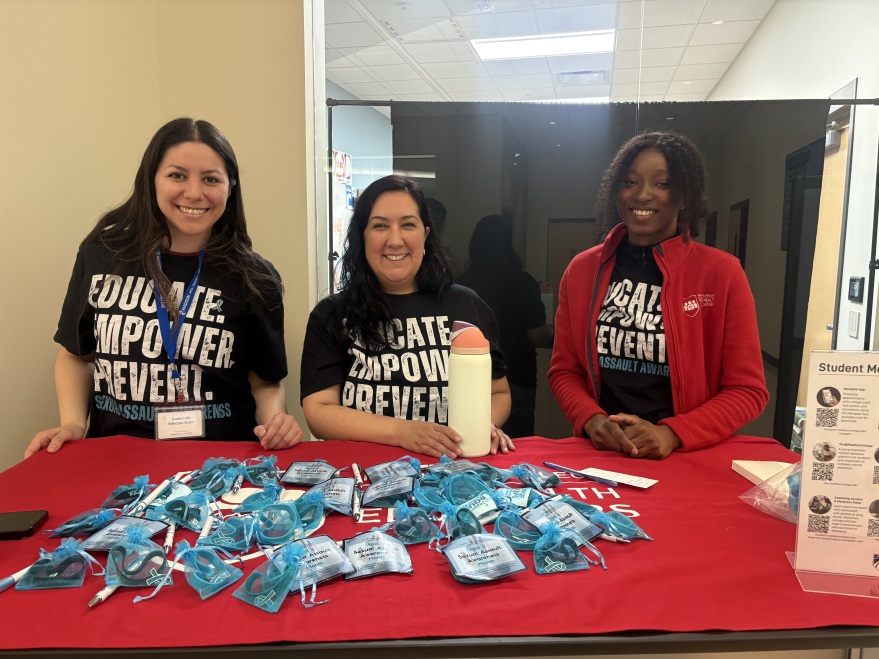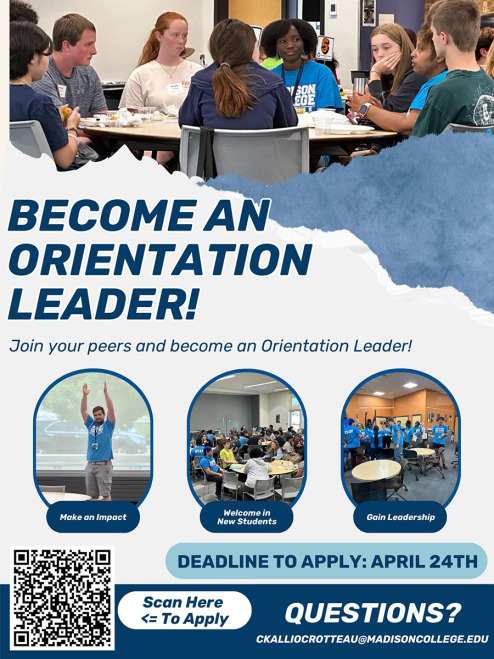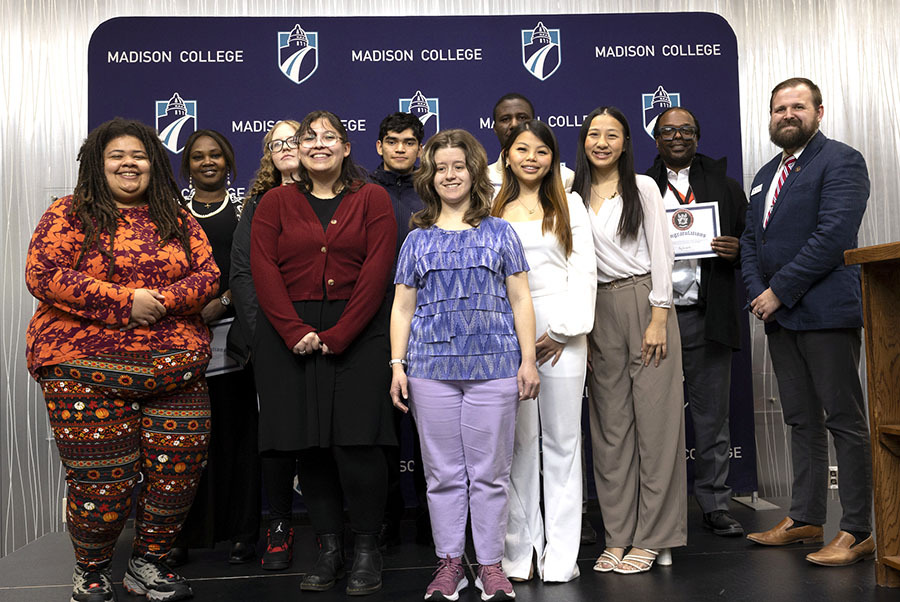Transgender representation in media must change
February 1, 2022
Understanding transgender stories and how the media presents them needs to change drastically.
I recently was able to see a portion of ALOK’s performance. ALOK is an internationally acclaimed gender non-conforming writer, performer, and public speaker. They have published three books, “Femme in Public”, “Beyond the Gender Binary” and “Your Wound/My Garden”.
They also recently headlined the 2021 New York Comedy Festival. Much of their work revolves around trauma and belonging.
During their time speaking, ALOK recited some poetry. Poems varied from their experiences in the Bible belt to New York, different struggles from within, outside influences and even death; however they all seemed unified under the theme of compassion. There was compassion for self and others, even when someone was being hurtful.
I’m not sure how the audience responded to ALOK’s performance. ALOK was brave by sharing their story, especially given the history of violence when transgender people share their story. I hope that those who heard understood the honor of listening.
There are many different starting points for anti-transgender sentiments, many of which are intertwined with racism and sexism.
Harmful ways of thinking can come from family members, peers, politicians or the media. Fear and misunderstanding can bring hatred to what some people don’t understand.
Violence against transgender people has continued to climb since data first began being recorded in 2013. 2021 marked the deadliest year with 46 transgender and gender non-conforming people killed, according to the Human Rights Campaign. Previously, 2020 was the deadliest year with 44 deaths.
It should be noted that there have been some positive steps when coming to trans representation. As discussed in the documentary “Disclosure,” much of media has shifted from purely negative stereotypes to treating transgender characters with respect.
While respectful and appropriate representations of transgender characters is helpful, it is not enough. In the past year, LGBTQ+ representation in the media went down from 10.2% to 9.1%, according to GLAAD.
Data on the LGBTQ+ community is already limited, even more so when it comes to transgender people; however, GLAAD found that in 2020, there were no transgender or non-binary characters in major releases.
Seeing stories from underrepresented communities is important but it’s not enough.
People must take another step beyond that into learning and listening. It’s necessary to do some personal work and self-reflection to move towards understanding.
Opening your mind and appreciating transgender stories can make a difference. There are so many different options when it comes to consuming stories that represent transgender people, but something that must be done in order to dismantle anti-transgender sentiment and culture is that everyone must start listening.
As more people listen and understand, more decisive actions to support transgender people can be made in day to day life.































